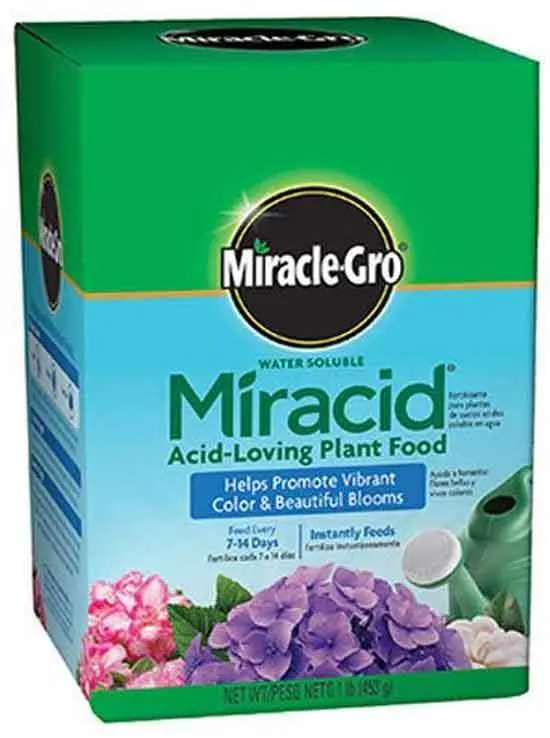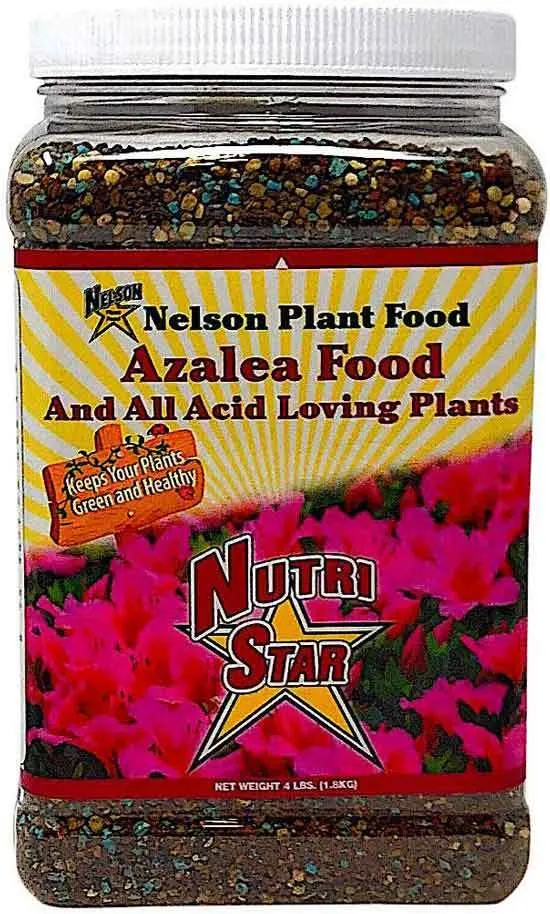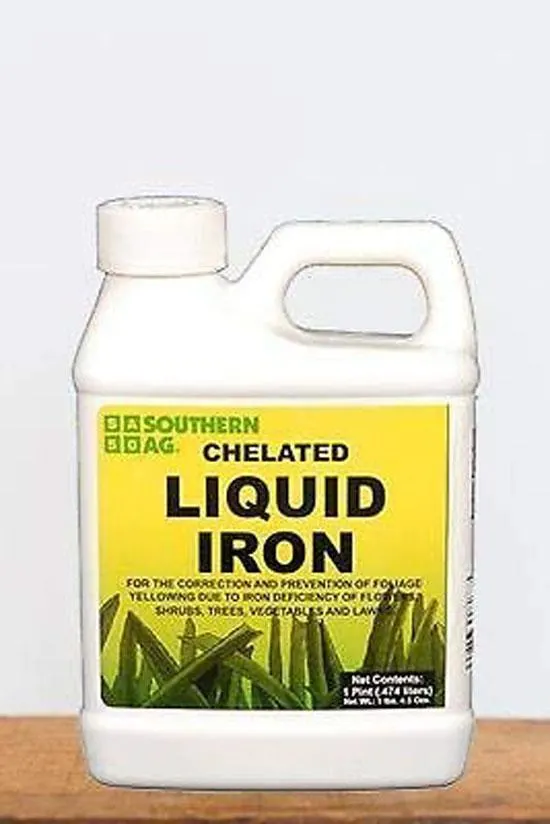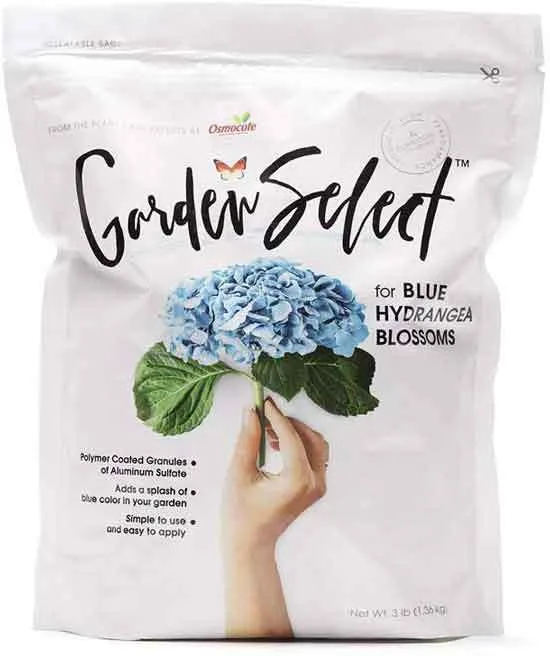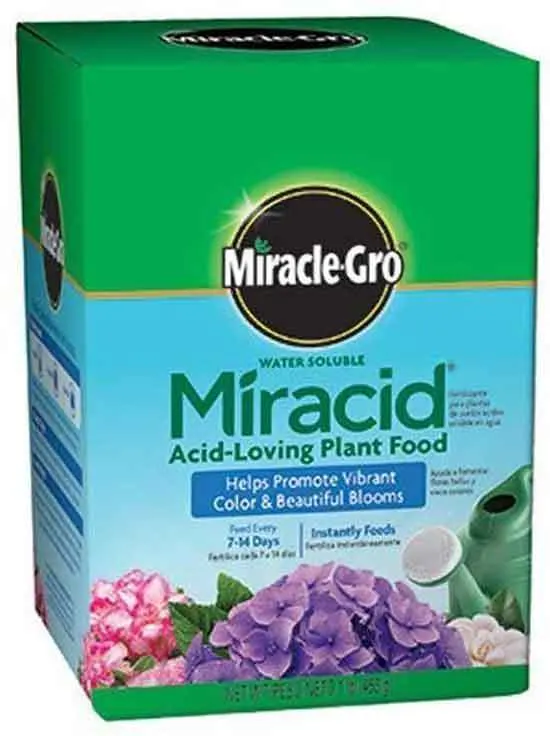Introduction
Gardenia bushes are also referred as gardenia jasminoides. These plants can be hard to maintain even if you are an experienced gardener. The plants need specific conditions to thrive.
They need the proper amount of humidity, water and a very specific pH. By using best fertilizers for gardenias, you can strike a balance and contribute to the well-being and plant health.
What You Need to Know About Gardenias
Acid loving
Gardenias do well in acidic soil. The best pH value for them is about 5.5. There are fertilizers like fish emulsion, cottonseed meal, and blood meal that can be great at acidifying soil and maintaining low pH. These kinds of fertilizers are among the best when it comes to gardenias.
Amount calculation
For a garden with a size of 1000 square feet, the plants need around one pound of nitrogen. The fertilizers available in the market have different levels of nitrogen content.
Simple math can help you to calculate the nitrogen percentage needed. Always make sure that you distribute the right amount of nitrogen for your gardenias.

When Should You Fertilize?
Fertilizing gardenias is very important and it needs to be performed about two times a year. However, you can fertilize especially between the months of March and August. If you plan to feed them twice a year, then the best time is the early spring season when it starts to grow and the early summer.
Application
The application should be performed as precisely as possible. The fertilizer can be placed over the soil evenly just below the bushes.
Because fertilizer has the potential of burning the stems so that you need to make sure that you keep it at around 6-8 inches from the plant. But do not let it touch the stems. After fertilizing, you should water deeply to activate fertilizers that are water-soluble.
Leaf spotting can be caused by overhead watering so avoid if possible. Instead, irrigating from beneath is recommended.
Gardenias Grown in Containers
For those who do not have enough space may consider growing the plants in containers which can be obtained at garden centers and nurseries. The fertilizers you use may be different from the types available in the markets.
If so, you should follow the instructions provided if you do not want to harm your plants. Make sure that you select fertilizers that are formulated for container-grown plants and prefer an acidic pH.
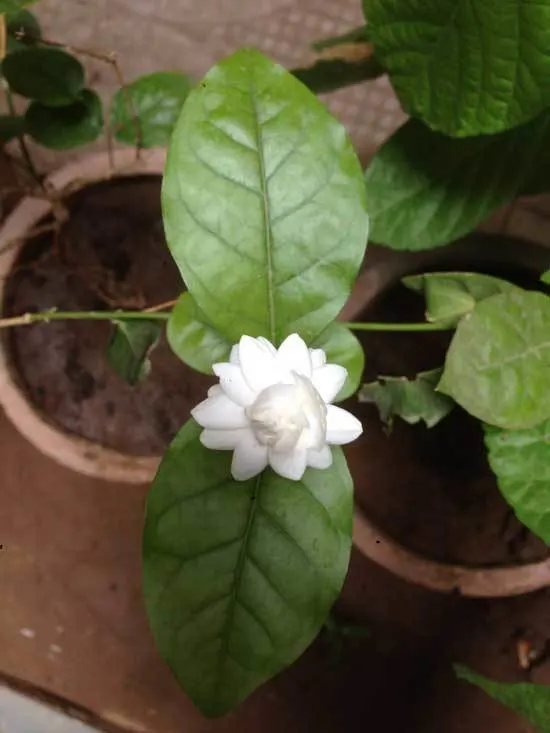
Taking Care of The Plants
These plants need a lot of care because they cannot do well if you do not meet the growing requirements. One of the most important things is to fertilize them in the correct way.
Remember fertilizing plants ensures that they get the right nutrients in order to get vigorous and grow in a healthy way. Gardenias can be in good shape, especially when you use the best fertilizer you can get.
The other important issue to note is that the plants require direct radiation as well as the humidity. If you want an optimal growth, then the acidic soil needs to be well drained as well.
They need to be in humid conditions so that you have to make use of humidifiers or pebble trays to add some extra moisture. Warm days and cool nights provide the best conditions for these plants.
Fertilizing gardenias is one of the most important steps to follow, but avoid performing it during winter or fall season. In addition, you should avoid over fertilizing the plants. Instead, apply it once every month.
You can add the fertilizer to the soil directly or in the water and then apply it. Actually, this will depend on what the fertilizer manufacturer will recommend. If you provide the correct amount for the plants, then you will prevent from the chance of burning.
Fertilizers are available in different forms such as liquid, pellet, or powder. Choose the kind of fertilizer that includes copper or iron since it enhances the development of flowers and leaves of the plants.
Are Homemade Fertilizers Any Good?
If you find the commercial fertilizers too costly, then you may consider using the homemade options. However, this should be performed with a lot of precaution because the results can be either great or catastrophic. When it is done in the right way, then the results may be rewarding.
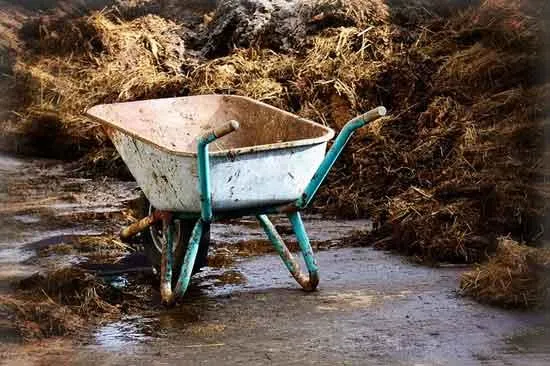
You can amend the soil by using aged manure or compost. In addition, the use of Epsom salts, wood ashes, tea bags, and coffee grounds can provide an amazing contribution for the plants. This is because they are acidic and they tend to get a boost in the soil.
Coffee grounds contain high concentration of potassium, magnesium, and nitrogen so that they are favorable fertilizers. The coffee grounds are acidic as well.
You can also increase the soil acidity by using white vinegar mixed with water. To ensure this, you should mix one gallon of water with a tablespoon of white vinegar.
If you are serious about raising healthy plants, then testing the soil for pH helps a lot. In such way you get to know exactly what you need in the first place. On the other hand, stunted growth, yellow leaves, and no buds or flowers could indicate that your plant needs a fertilizer.
5 Best Fertilizers For Gardenias
1. Scotts Company Miracle-Gro 1750011
Overview
This product has an ability to feed your gardenias instantly. It is recommended for all the plants that love acid like Rhododendrons, hydrangeas, and azaleas.
The product has a double feeding capacity in the way that it can feed through the leaves and the roots immediately. It helps to promote and encourage a strong development of the roots.
Before applying to the soil, you need to mix it with water. You do not need to use a sprayer. All you have to do is to mix the product with water according to the instructions provided. And then pour it out on the soil by surrounding the plant.
Pros
- Encourages development of stringer leaves and roots
- It provides your gardenias a better color
- Encourages a better yield
Cons
- It doesn’t work
- Quantity is less
2. Nelson Plant Food for All Acid Loving Plants
Overview
There is another option you can consider for your gardenias and it is suitable for acid loving plants. It is very convenient for the soil types with a high pH. It contains soluble potash, phosphate, and nitrogen.
It has some acidifying sources that make it easy to lower the pH and it helps in the creation of a good growth environment. It includes iron that helps plant health and the appearance of dark green leaves.
It also has cottonseed which helps to continue feeding your gardenias consistently and slowly.
Pros
- It can be used for container and ground gardenias including evergreens, flowering trees, evergreen shrubs, roses, caladiums, hydrangea, jasmines, and red bud.
- Helps plants to flower better and handles dry climatic conditions
- Give instant results
Cons
- Results can be disastrous if instructions are not followed
- High doses can kill your gardenias
3. Southern Ag Chelated Liquid Iron, 16 OZ
Overview
This option helps to regulate the deficiency of iron in trees, shrubs, vegetables, and flowers. It can also be used on your lawns to make it robust and have a deep color. You need to mix the product in water according to the instructions and then apply like a drenching spray.
If you adhere all set of instructions, then this product can be a good choice for your gardenias especially if they have an iron deficiency. Tests can also help to verify this result.
If your gardenias have an iron deficiency, this is an option that could be considered.
Pros
- Helps to regulate alkaline content in the soil
- Helps correct issues related to iron deficiency like leave yellowing
Cons
- Can be destructive if applied on
4. Garden Select for Blue Hydrangea Blossoms
Overview
If you want to improve the color of your gardenias, then this is an option that should be considered. It is very easy to apply and use this product. The consistency, quality, and effectiveness of the product has been already tested by the horticulturalists.
It uses the coating technology to release aluminum sulfate, which is the active ingredient to be controlled. This implies that the fertilizer remains within the soil during the blossoming period.
If you want satisfying results, you can consider applying the fertilizer, even before the formation of the buds.
Pros
- The coating allows water penetration and dissolution of aluminum sulfate
- It’s easy to use
Cons
- Very low yield
5. Scotts Miracle Gro 1850011 Plant Food
Overview
This product is a good choice for plants that love acidic soil. This product needs to be mixed with water before it is used. Mixing instructions have to be followed to avoid any damage for the plant.
It is better to keep in mind that the amount you use really depends on the size of your garden or the number of gardenias that you need to take care of.
It is a product that works for a wide range of plants and you should check if it is suitable for your acid loving plants as well. The results already showed that it is a good choice for the gardenias.
This is a product that provides the needed boost for your plants and it is quite easy to use.
Pros
- It helps to refine the color of gardenia leaves and buds
- Can be used in containers and on ground
- Provides plants the kind of boost they need
Cons
- Over fertilization can cause damage for the plants
Conclusion
The information above are some of the options available for anyone looking for gardenia fertilizers. We have examined the requirements that the plants may have.
One of the best products for this purpose is Scotts Company Miracle-Gro 1750011. It is able to fulfill all the requirements that your gardenia plants need. It is useful for the plant which requires an acidic environment.
The most outstanding result about this option is the fact that it starts acting immediately. The feeding action takes place not only through the soil only, but also through the leaves. This helps in the promotion of a strong root and beautiful blossoms as well.

